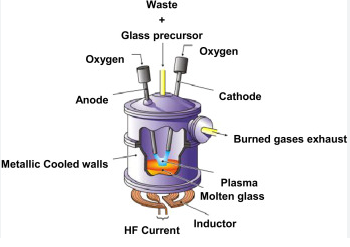Plasma spray coating is a versatile and advanced surface treatment method that has found applications in various industries. Read on to find out more about how it can be used.

The process of plasma spray coating:
Plasma flame generation
The plasma spray coating process begins with the generation of a high-temperature plasma flame. This is achieved by passing a gas, often argon, through an electrical arc. The intense heat transforms the gas into a plasma state, creating temperatures of up to 35,000蚓 (63,000蚌).
Feedstock material
The material to be coated, known as the feedstock, can vary depending on the application. It can include metals, ceramics, polymers, and even composite materials. The feedstock is typically in the form of powder or wire.
Particle acceleration
The feedstock material is injected into the plasma flame, where it rapidly melts and forms tiny molten droplets. These droplets are accelerated toward the substrate at high speeds.
Coating formation
The molten droplets impact the substrate’s surface and solidify almost instantly, creating a thin and durable coating. The process is repeated layer by layer until the desired thickness is achieved.
Applications of plasma spray coating:
Aerospace industry
Plasma spray coatings are used to protect aircraft components from extreme temperatures, corrosion, and wear. Turbine blades, engine parts, and other critical components benefit from these coatings.
Medical devices
Medical implants and instruments often require bio-compatible and wear-resistant surfaces. Plasma spray coatings provide these attributes, enhancing the performance and longevity of medical equipment.
Automotive industry
The automotive sector uses plasma spray coatings from companies such as www.poeton.co.uk/standard-treatments/plasma-coatings/ for various applications, including cylinder liners, piston rings, and exhaust components. These coatings improve engine efficiency and durability.
Oil and gas
In harsh environments, such as oil and gas drilling, plasma spray coatings protect equipment from abrasive wear, corrosion, and erosion.
Electronic and semiconductor industry
Plasma spray coatings are used to create thin film coatings on electronic components. These coatings offer electrical insulation, thermal management, and protection from environmental factors.

Energy generation
Gas and steam turbine components in power generation plants rely on plasma spray coatings for thermal barrier protection.
